Wavefront Sensors
Wavefront sensors measure the tri-dimensional shape of an optical wavefront and provide an essential understanding of the behavior of light as it interacts with optical surfaces. This measurement is critical for assessing an optical system’s quality and aligning optical assemblies.
Wavefronts can be planar, spherical (curved), or aberrated (ex: astigmatic). Wavefront sensors and phase imaging cameras detect aberrations in wavefronts that happen when light passes through a lens assembly or other media in an optical instrument or component.
Using wavefront sensors, researchers and manufacturers can evaluate quantitatively the quality of their optical instrument, its flatness or shape (for a mirror ), its resolution power (PSF or MTF), or its beam quality (Msquare). These instruments quantify the imaging quality of telescope mirrors, camera lenses, or just about any other optical instrument an engineer, researcher, or scientist may use for spectroscopy, astronomy, medical imaging, and more.
We offer a full catalog of high end Shack-Hartmann wavefront sensors. Thanks to a patented spot tracking technology and proprietary calibration process, all HASO wavefront sensors feature a unique, unmatched combination of absolute accuracy (λ/100 rms ) and dynamic range ( several 100 lambdas) . This allows the HASO sensors to be placed on a very converging or diverging beam , and still detect extremely small amount of aberrations.
When choosing a wavefront sensor , it is important to consider the following specifications :
- Aperture Size , up to 10.2 x 13.8 mm for HASO 4 126
- Spectral Calibration Band, as large as 350- 1100 nm for HASO4 BB and 900 – 1700 nm for HASO SWIR
- Resolution, from 32 x 40 for HASO4 FIRST to 680 x 504 for HASO LIFT 680
- Speed, from a few tens of Hz for HASO4 126 , up top 2 KHz for HASO SWIR FAST
Visit our wavefront sensing applications page for more information.

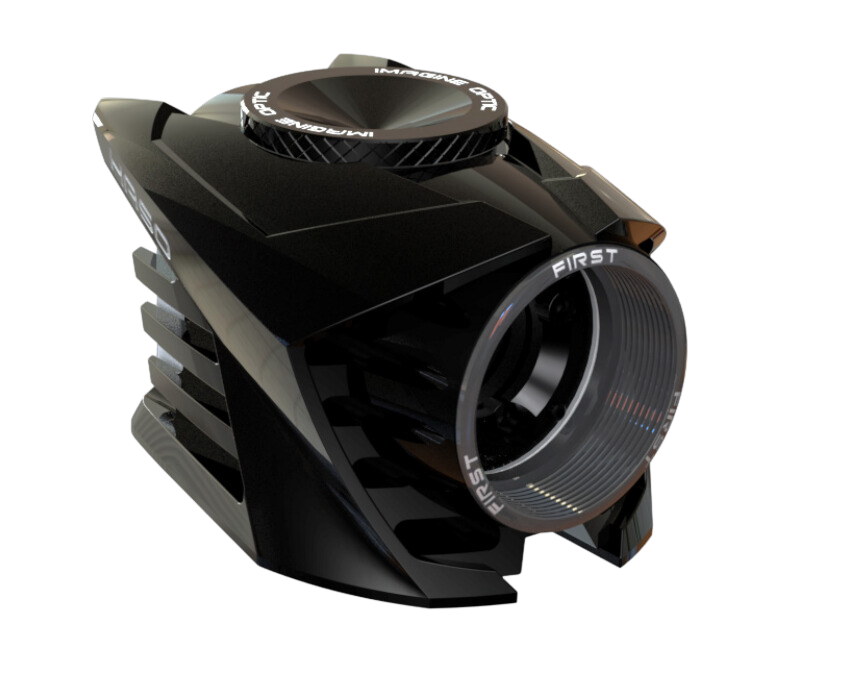
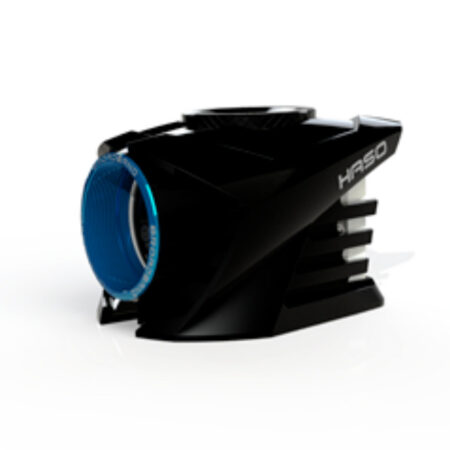

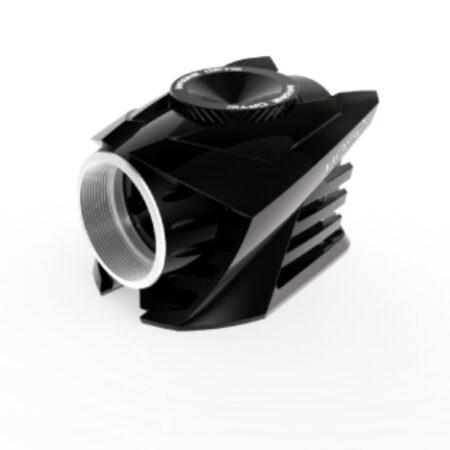



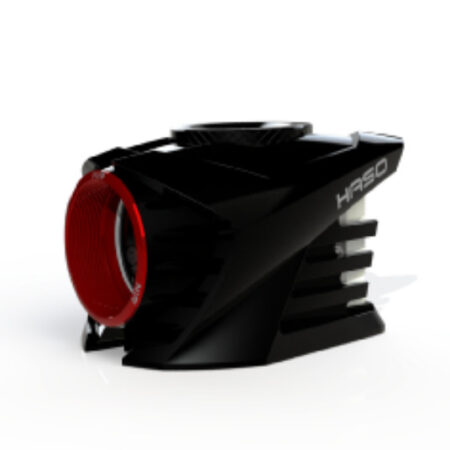
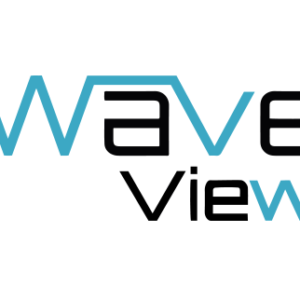
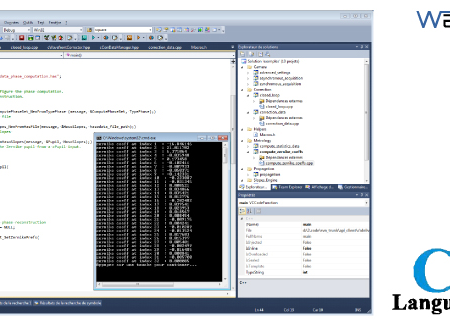
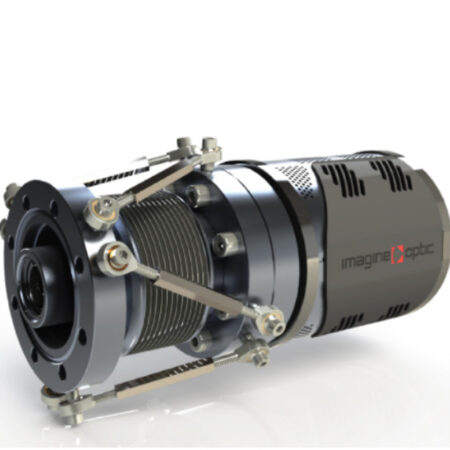
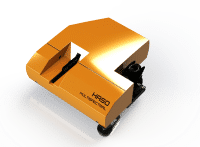
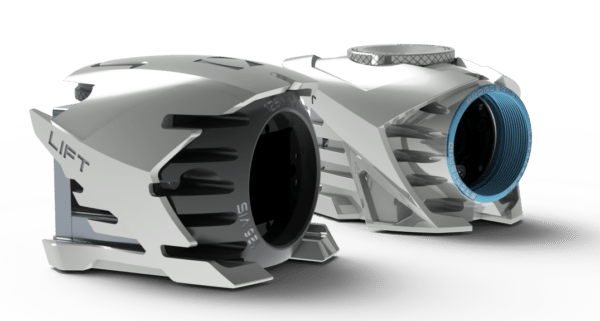
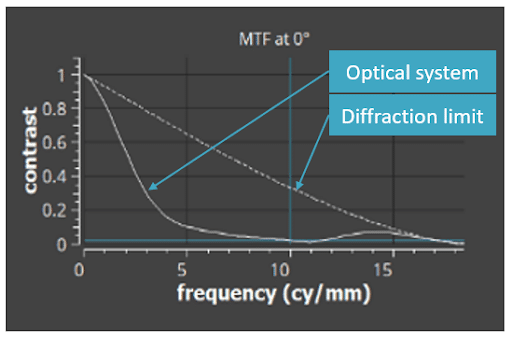



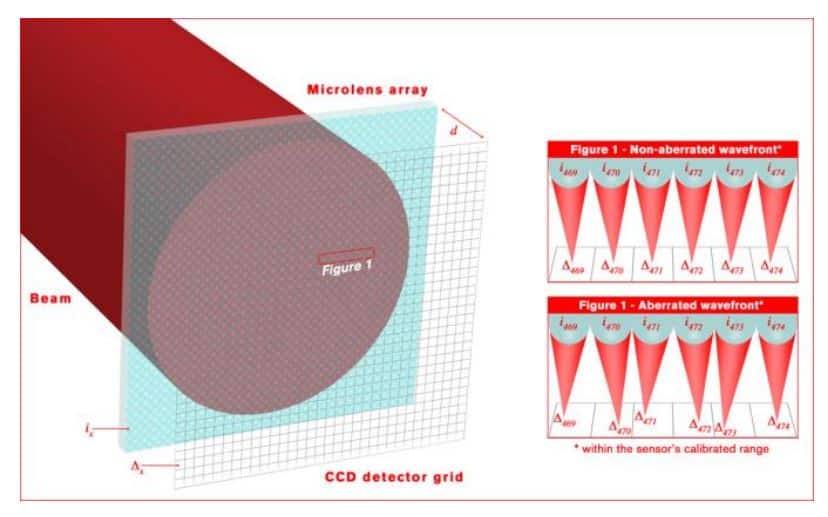 Shack-Hartmann-wavefront-analysis
Shack-Hartmann-wavefront-analysis